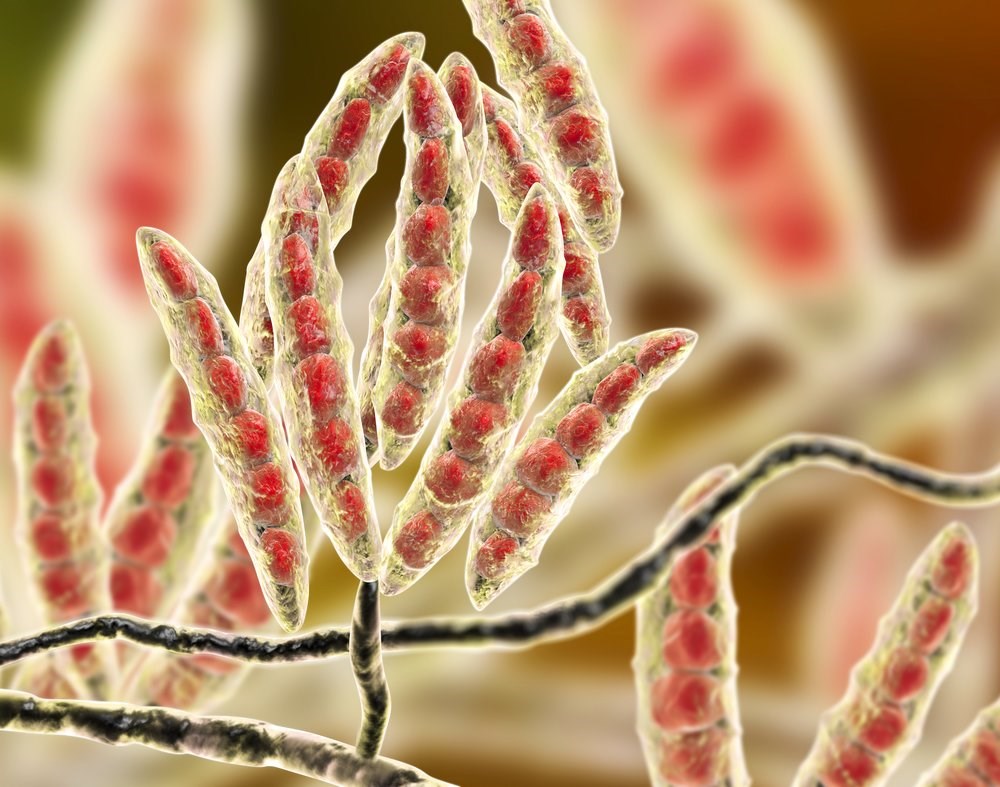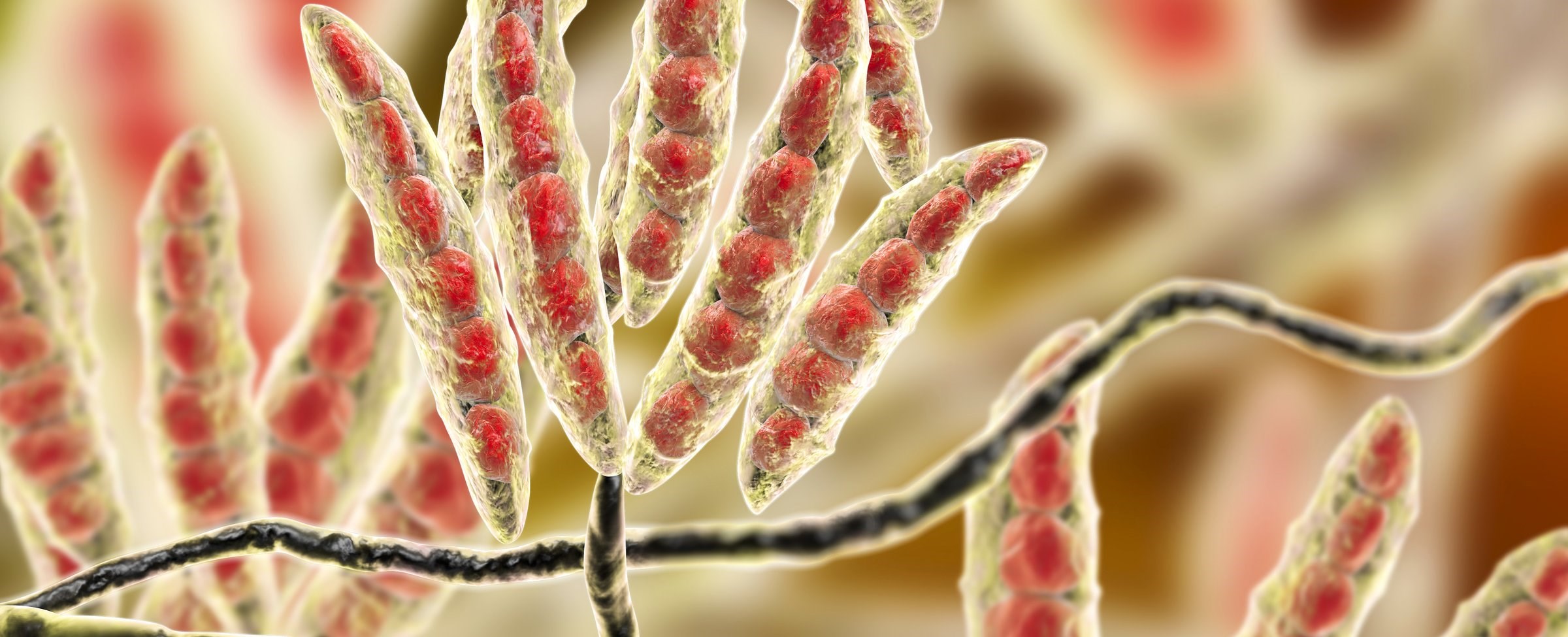How to recognise
Mycotoxins are secondary metabolites of moulds which can occur as early as when crops are still in the field, throughout the feed chain, ultimately impacting animal health and performance.
More than 600 different mycotoxins have been identified and research has shown that feed quality and animal performance are impacted by ‘the big 6’ - aflatoxin, deoxynivalenol (DON), zearalenone, fumonisins, ochratoxins and trichothecenes (T2 - H2) – and many others. The toxins tend to be highly stable, remaining in feed after pelleting or extrusion during the manufacturing process.
While testing for all types of mycotoxins is not currently possible, it is well-known that mycotoxins pose various animal health and performance risks. Additionally, increases in feed cost result from the need for extra analysis to comply with increased regulatory pressure.




